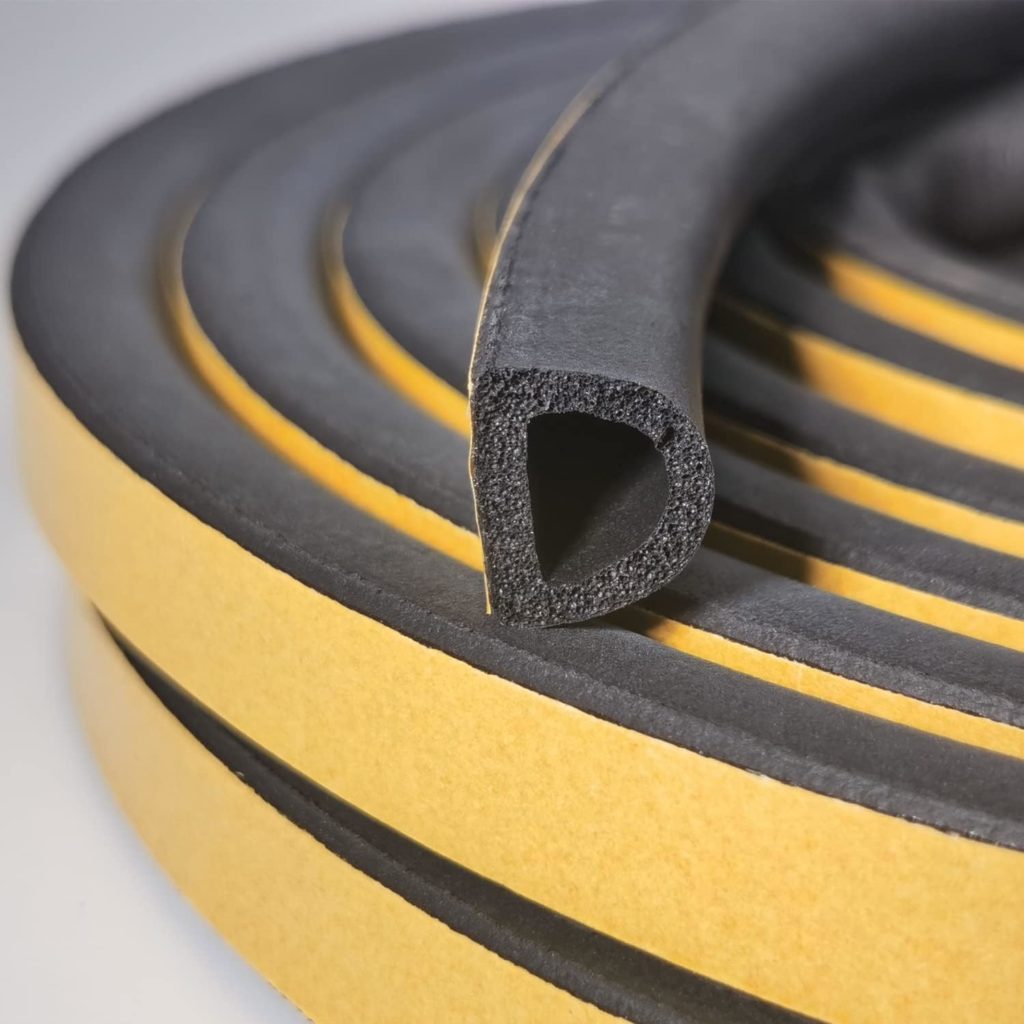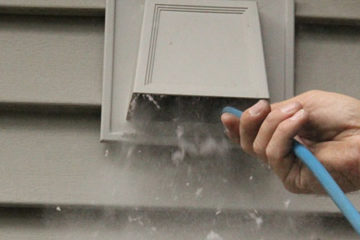As the temperatures start to drop, sealing your windows and doors is a crucial step in preparing your home for the colder months. Not only does this task help maintain a comfortable indoor temperature, but it also enhances energy efficiency and reduces heating costs. Let’s dive into why it’s essential to seal windows and doors and how you can get started.
Why You Need to Seal Windows and Doors
Drafty windows and doors can let in cold air and cause heat loss, leading to higher energy bills and a less comfortable home environment. When you seal windows and doors properly, you create a barrier against cold drafts, preventing unwanted heat loss. This simple yet effective step in your Ready For Fall Checklist can save you money and keep your home cozy throughout the season.
How to Check for Drafts Before You Seal Windows and Doors
To effectively seal windows and doors, you must first identify any drafts. Here are a few methods:
- Hand Test: Move your hand around the edges of windows and doors to feel for cold air.
- Candle Test: Hold a candle near the edges of windows and doors on a windy day. If the flame flickers, there may be a draft.
- Infrared Thermometer: Use this tool to detect temperature changes around windows and doors, indicating areas where sealing is needed.
Best Materials to Seal Windows and Doors
Choosing the right materials is crucial for a long-lasting seal. Here are some of the best options:
- Weatherstripping: Ideal for doors and moveable parts of windows.
- Caulk: Perfect for filling gaps and cracks in stationary areas.
- Expanding Foam: Great for larger gaps around window and door frames.
Step-by-Step Guide to Seal Windows
- Clean the Window Frames: Start by cleaning all surfaces to ensure proper adhesion of the sealing materials.
- Apply Weatherstripping: Choose the appropriate type (foam, V-strip, or felt) and apply it to the sides of the window frames.
- Seal with Caulk: Use caulk to fill any gaps or cracks around the window. Make sure it’s weather-resistant and suitable for exterior use.
- Check Window Locks: Ensure all windows lock securely, as a tight lock can help minimize drafts.
Step-by-Step Guide to Seal Doors
- Inspect Door Frames: Look for visible gaps or signs of drafts around door frames.
- Install Door Sweeps: Add a door sweep to the bottom of the door to block drafts from entering.
- Use Weatherstripping: Apply weatherstripping around the sides and top of the door to create a tight seal.
- Check Door Hinges and Locks: Tighten or adjust hinges and locks to ensure the door closes snugly, reducing potential drafts.
Additional Tips to Effectively Seal Windows and Doors
- Use Heavy Curtains or Thermal Window Treatments: These can provide an extra layer of insulation.
- Draft Stoppers: Place draft stoppers at the base of doors for added protection.
- Regular Maintenance: Inspect and seal windows and doors annually to maintain efficiency.
Common Mistakes to Avoid When You Seal Windows and Doors
- Not Cleaning Surfaces: Dirt and debris can prevent materials from adhering properly.
- Using the Wrong Materials: Different gaps require different sealing materials for optimal results.
- Overlooking Small Gaps: Even tiny gaps can add up to significant heat loss over time.
Add Seal Windows and Doors to your Ready For Fall Checklist
Sealing your windows and doors is a simple yet highly effective way to keep your home warm and energy-efficient this fall. Make this task a priority on your Ready For Fall Checklist to enjoy a comfortable and cost-effective season. For more tips on preparing your home for fall, check out the other articles in our series!







